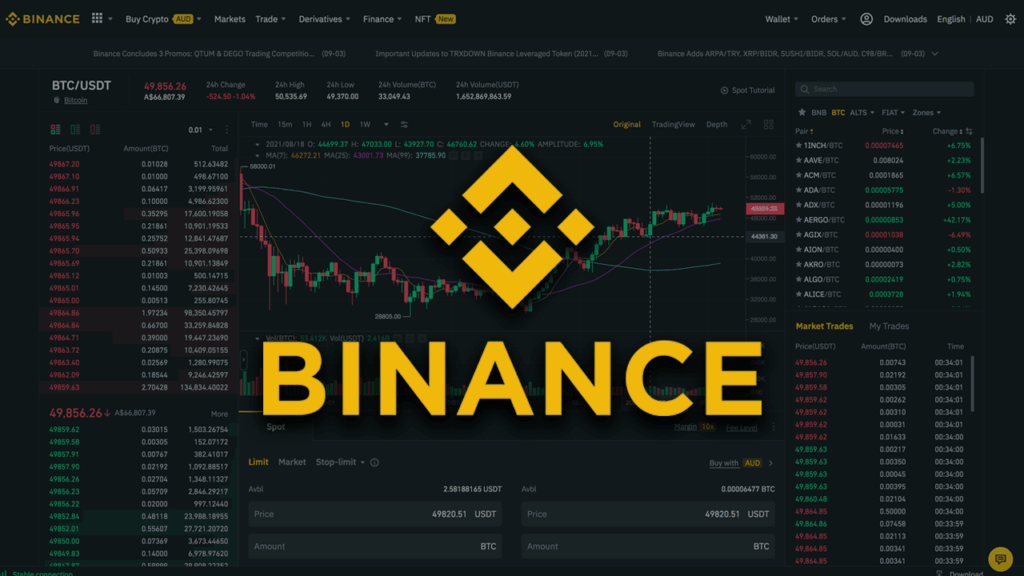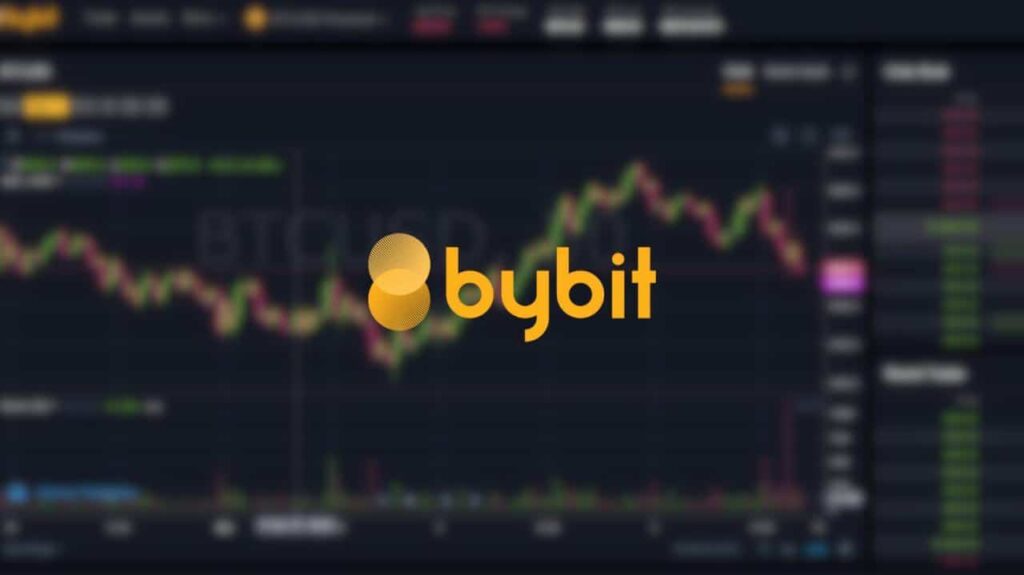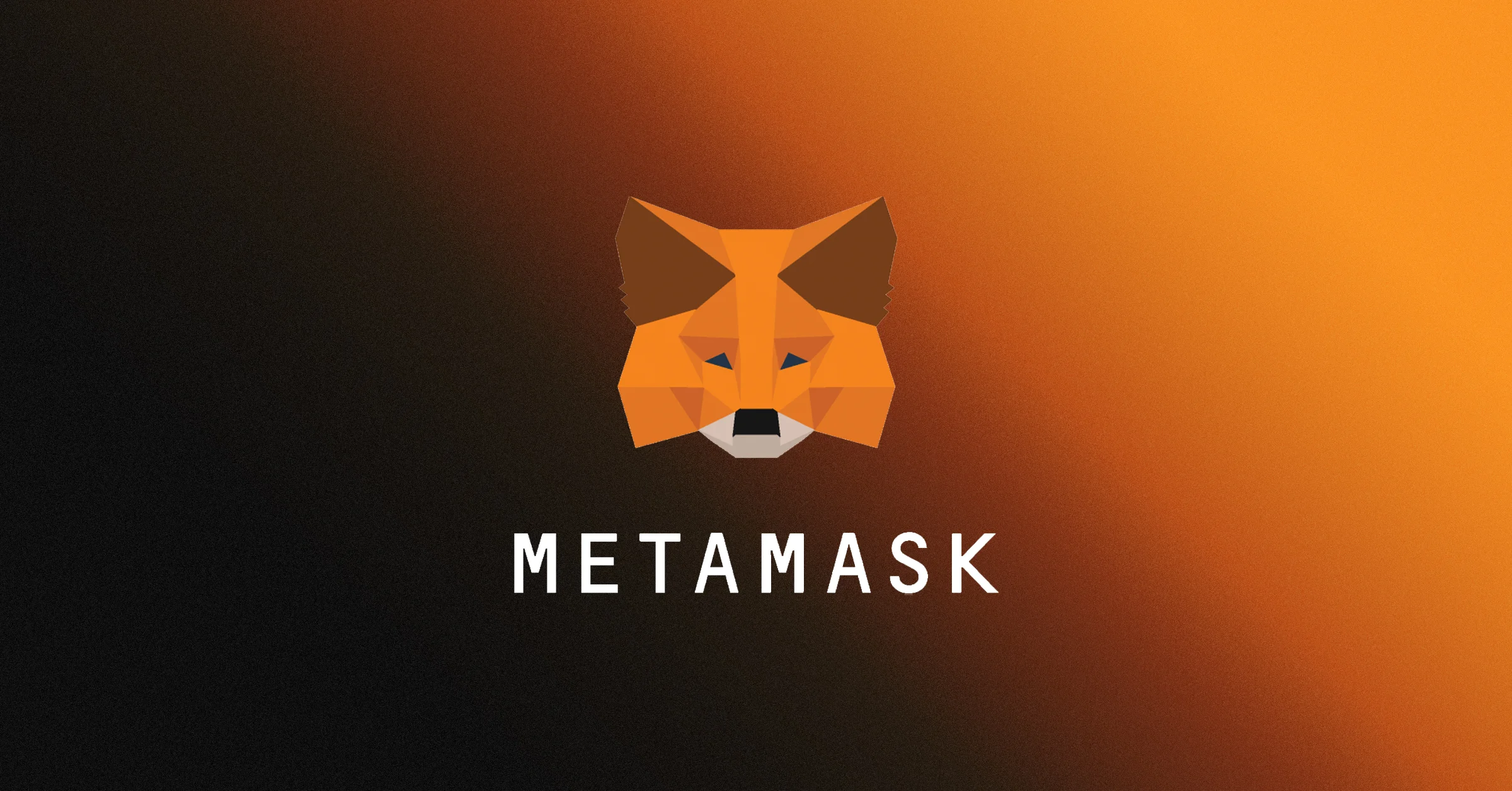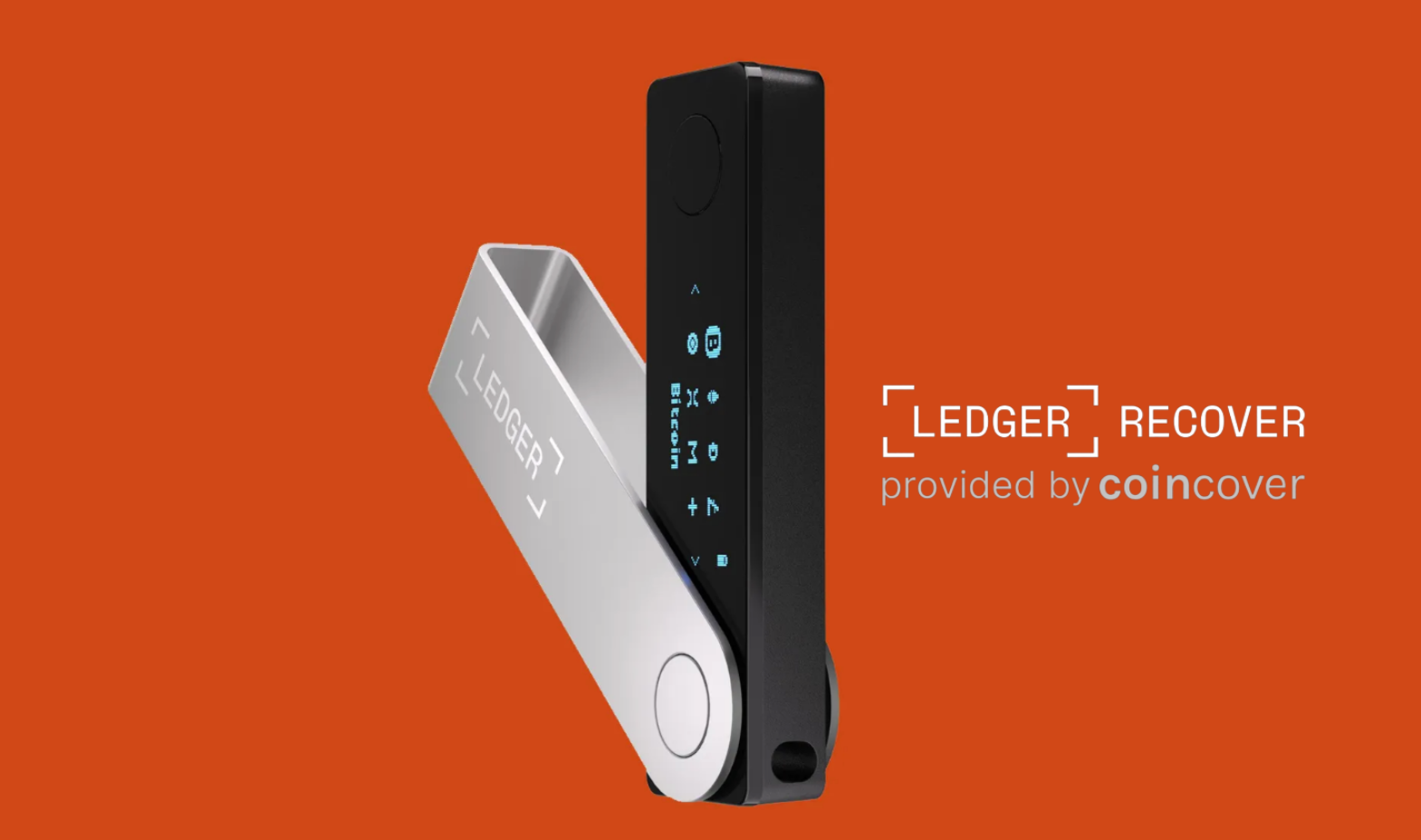
A Guide to Your First Step into the Decentralized World
Getting Started with Crypto
Whether you’re curious about Bitcoin, want to earn passive income with DeFi, or simply don’t want to miss the next financial revolution — this guide will walk you through it, step by step.
What Is Crypto & Why Should You Care?
Cryptocurrencies are digital assets powered by blockchain — a decentralized and secure way to record transactions. Bitcoin was the first, but now there are thousands of use cases beyond “digital money”: smart contracts, NFTs, DeFi, DAOs, and more.
1.Set Up Your Exchange Account
To get started, you’ll need to buy crypto using fiat currency (USD, EUR, etc.). This happens on centralized exchanges (CEX) like:

Binance
- The world’s largest exchange by trading volume
Hundreds of trading pairs
Low trading fees (as low as 0.1%)
Binance Earn (staking, savings, launchpools)
Claim your 100 USD Trading Fee Credit
Bybit
- Fast-growing exchange ideal for new and mid-level traders:
No KYC needed for basic usage
Great UI for both spot and derivatives
Popular for trading altcoins and airdrop campaigns

2.Protect Your Assets: Wallets & Security Basics
Owning crypto means being your own bank — and that comes with responsibility.

Hot Wallets - MetaMask
- Browser extension or mobile app
Used for interacting with DeFi and NFTs
Ideal for: Daily transactions, NFT minting, DeFi access
Pros: Free to use, easy browser/mobile access, quick connection to dApps
Cons: More exposed to online hacks

Cold Wallets - Ledger
Ideal for: Long-term HODL, large balances
Pros: Private keys stored offline = maximum security
Cons: Requires USB device, costs $60–$150, slower to acces
- Offline storage for better security
Best for long-term holders
✅ Pro Tip: Never share your seed phrase. Backup your wallet securely.
Skip the banks. Put your money to work.
3.Explore DeFi: Decentralized Finance in Action
DeFi allows you to earn interest, borrow funds, and trade — all directly from your wallet. No paperwork, no middlemen.
Pendle
Innovative platform that separates yield from principal, enabling advanced income strategies.
Aave
Lend or borrow crypto securely, and earn interest passively. Trusted by institutions.
$HOME
A beginner-friendly “superapp” offering gasless, bridge-free access to DeFi.
Uniswap
The original decentralized exchange (DEX). Trade any token from your wallet.
Beefy Finance
A multichain yield optimizer. Deposit LP tokens and auto-compound yields.
Crypto isn’t just for trading — it’s for living!
4. Spend the Crypto You Earn & Enjoy Real Life Rewards
Once you’ve earned crypto from DeFi or price gains, you can spend it directly using crypto cards like the Bybit Card.
Bybit Card
Shop online or offline anywhere Mastercard/Visa is accepted
Pay with USDT, BTC, or other supported crypto
Earn up to 10% cashback on your purchases
Link to Apple Pay or Google Pay for seamless use
Earn 10 USDT bonus when you signup
Want to know how it works?
Read our complete Bybit Card guide →

Frequently Asked Questions
Is crypto investing safe for beginners?
Crypto carries risk, just like any investment — especially due to its volatility. However, with proper education, use of trusted platforms, and good wallet hygiene, beginners can get started safely and gradually build confidence.
Which wallet should I use — hot or cold?
Hot wallets (like MetaMask or Trust Wallet) are great for daily use and DeFi. Cold wallets (like Ledger) are ideal for long-term storage and higher-value assets. Rule of thumb: "Use hot wallets for speed, cold wallets for safety."
How much money do I need to start investing in crypto?
You can start with as little as $10. Many exchanges support fractional crypto purchases. The key is to start small, learn the basics, and never invest more than you’re willing to lose.
What are gas fees, and how can I reduce them?
Gas fees are transaction costs on blockchains like Ethereum. They can be high during peak times.To reduce them: Use Layer 2 networks (e.g., Arbitrum, Optimism). Try low-fee chains (e.g., Polygon, BNB Chain). Use gasless DeFi platforms like $HOME
Is DeFi safe to use?
DeFi protocols are open-source and run on smart contracts — which can be both a strength and a risk. Risks include: Contract bugs, Rug pulls (in shady projects), Impermanent loss in yield farming. Stick to audited and well-known projects like Aave, Uniswap, or Yearn.
Can I earn passive income with crypto?
Absolutely. You can: Stake tokens on exchanges or DeFi platforms. Provide liquidity on DEXes. Hold coins that pay yield (e.g., Pendle). Use auto-compounding vaults (e.g., Beefy Finance).